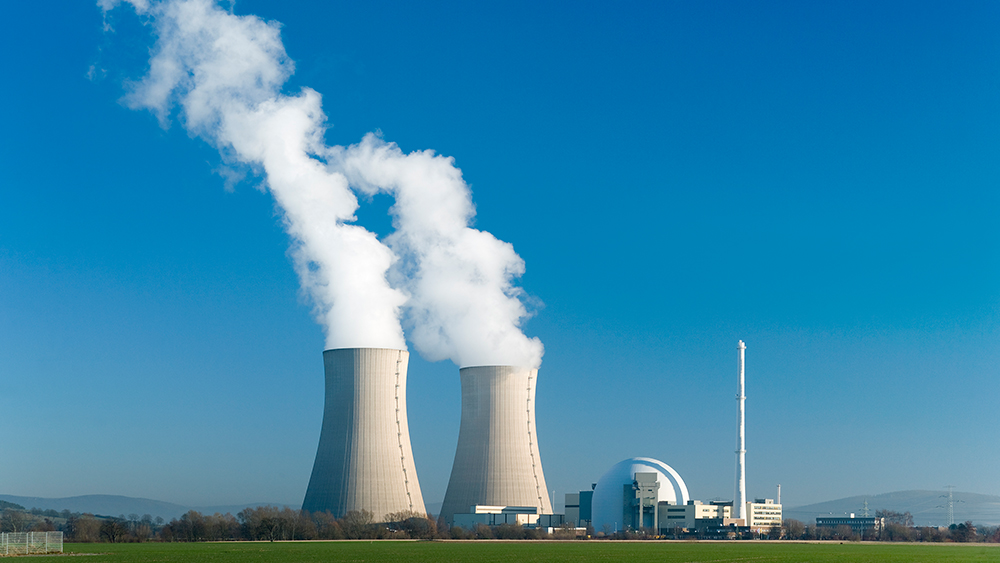
Researchers from the Texas A&M University Department of Materials Science and Engineering and Los Alamos National Laboratory (LANL) Materials Science at Radiation and Dynamics Group are improving the metals used to construct nuclear technology. This collaboration is made possible by The Texas A&M University System National Laboratories Office and LANL.
Dr. Michael Demkowicz and Dr. Kelvin Xie from Texas A&M, and Dr. Yongqiang Wang from LANL, are investigating hydrogen retention in metals that are exposed to nuclear processes, with the intent of improving how these materials perform over time.
Hydrogen retention in metals is a serious concern in nuclear technology. Nuclear reactions and transmutations by reactor neutrons cause changes to chemical elements and isotopes, thus introducing additional hydrogen into materials. Often hydrogen accumulates to levels that exceed the solubility limit a material can absorb. The excess of hydrogen in the material causes brittleness and weakness, limiting its functionality over time.
Another issue with excess hydrogen is that it accumulates at trapping sites, such as in spaces in the material and at grain boundaries. Most metal alloys are actually made up of lots of microscopic crystals packed closely together. These little crystals are called “grains,” and the planes where adjacent grains are fused together are called “grain boundaries.” In the reactor environment, the defects created by the irradiation process, such as vacancies and dislocations, also become new traps for hydrogen. When many hydrogen atoms are trapped together, they form gas bubbles in the metal, similar to carbon dioxide bubbles in soda. These bubbles can facilitate the formation of large voids that can cause severe damage to the material.
One way to manage the hydrogen accumulation and subsequent damage is to remove as much of it as possible from the material. Unfortunately, most materials do not contain a good pathway for hydrogen to travel through. In this project, the researchers will create composites where pathways for hydrogen motion are built into the structure of the material.
“The novel materials to be developed and tested as part of this project are expected to exhibit ‘self-healing’ behavior, whereby damage would be removed from the material even as it is created,” Demkowicz said. “This would be an outcome of their unique internal microstructures.”
In order to test the materials for hydrogen retention, diffusion and outgassing, the researchers will use the unique collection of ion implantation and ion beam analysis tools available at LANL’s Ion Beam Materials Laboratory. These tools will allow the researchers to introduce and track the amount of hydrogen in the material with designer microstructures, thus providing data for the amount of hydrogen that is outgassed.
The ideal outcome for this project would be to identify composite materials that allow enough hydrogen outgassing to keep the retained hydrogen levels at or below their threshold. Such materials would be able to withstand nuclear reactions better than materials currently in use.
“In addition to advancing basic science, this project will explore technical issues that are crucial to the development of future fusion reactors,” Demkowicz said.